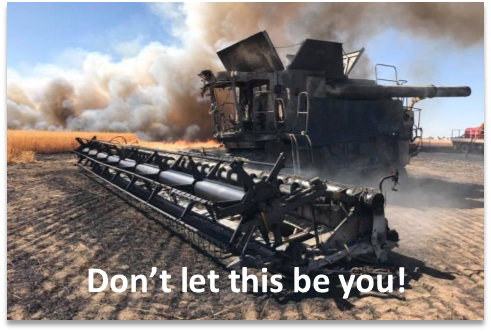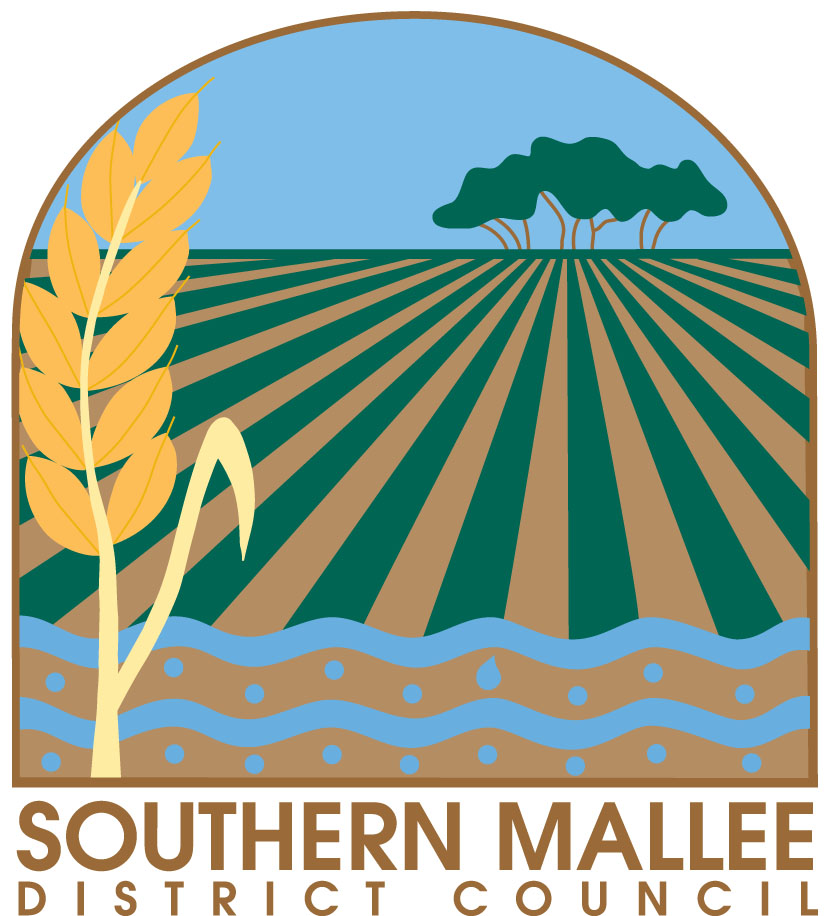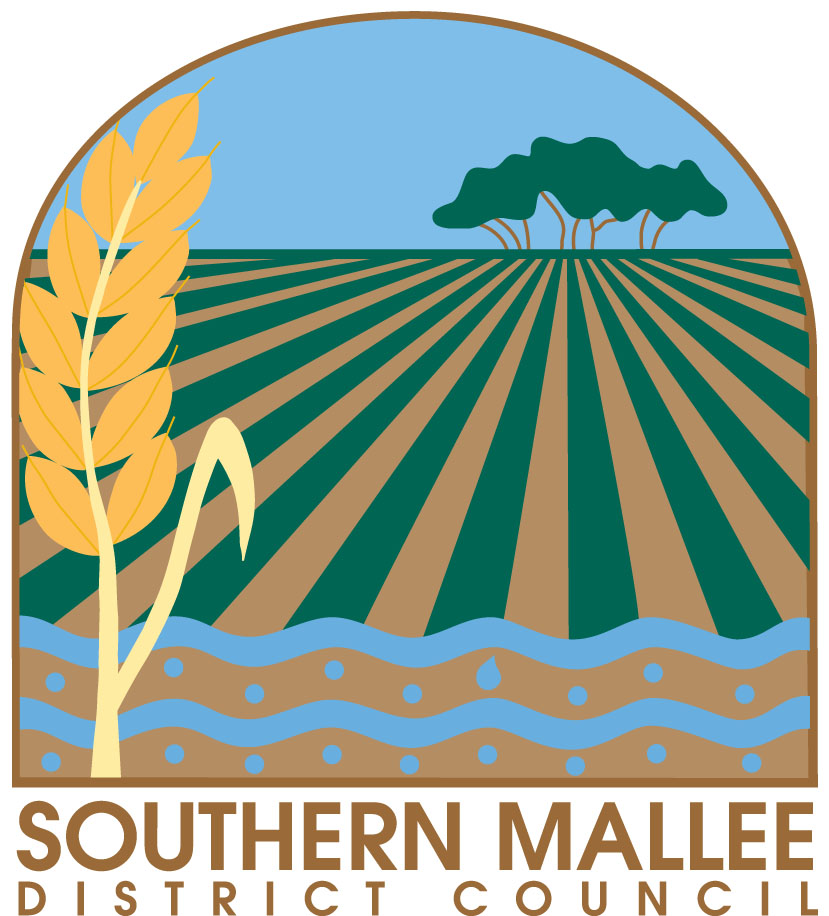Fire Protection
Fire Danger Season 2023/2024
1 November 2023 to 15 April 2024
During the Fire Danger Season there are strict controls on the lighting of fires and the use of certain tools in the open. For information on what you can do and what you can’t do click on the Fact Sheet - Restrictions provided by the CFS.
The CFS has available from their website a range of Fact Sheets and brochures to help you prepare for the Fire Danger Season covering the following topics:
- Planning to Survive a Bushfire
- Understanding Bushfires and Warnings
- Preparing Yourself
- Preparing your Property
- Pets, Horses and Livestock
- Machinery, Storage, Permits and Restrictions
- Preparing Your Business
- Surviving while Travelling and on Holidays
- Aerial Firefighting
Pursuant to Section 105(F) of the Fire and Emergency Services Act 2005, an owner of private land must take reasonable steps:
a) to prevent or inhibit the outbreak of fire on the land; and
b) to prevent or inhibit the spread of fire through the land; and
c) to protect property on the land from fire; and
d) to minimise the threat to human life from a fire on the land.
Penalties apply.
Preparation of your home and property throughout the year will ensure that you, your property and your family are given the best chance to survive a bushfire. A well prepared home is more likely to survive a bushfire than one that has not been prepared. Staying informed is also critical on days of high fire danger. Look and listen for information on television, radio, internet, mobile phones and by speaking with your neighbours, do not rely on one source of information as power and online services can be lost during a fire.
The CFS recommends that you download the official South Australian Government Alert SA App which provides a comprehensive view of hazards across the State. The Alert SA App provides access to timely, relevant and personalised event and warning information sourced from a wide range of emergency service Agencies, Government and Community Partners.
To find out more visit http://www.cfs.sa.gov.au/site/news_and_media/alert_sa_app.jsp and to download the Alert SA App visit https://alert.sa.gov.au/download/
Burning during the Fire Danger Season
During the prescribed Fire Danger Season it is prohibited to burn, however PERMITS MAY BE ISSUED from the middle of February, SUBJECT TO CERTAIN CONDITIONS.
During the Fire Danger Season almost all fires open require permits, below is a list of the following exceptions to this other than on a Total Fire Ban day include:
- A campfire for personal warmth or cooking purposes provided the fire is contained in portable cooking appliance or a trench 30cm deep and the fire does not occupy an area exceeding 1 square metre and there is a four metre clearance of flammable material around the fire.
- A fire for burning of refuse provided the fire is contained in a properly constructed incinerator.
- Gas or Electric cooking appliances
- Electric welders, mechanical cutting tools and gas equipment such as oxy equipment.
Please contact Council for further information 08 8577 8002.
Total Fire Ban Days
On days of extreme weather conditions Fire Bans may be declared for various areas in the State. To determine whether a fire ban has been imposed, phone the CFS hotline on 1800 362 361 or visit the CFS website.
Total Fire Ban Days
All fires are prohibited on a Total Fire Ban day unless a permit has been issued. However permits will only be issued in special circumstances. Note: Electric welders, mechanical cutting tools and gas appliances require a permit before they can be used in the open on a day of total fire ban.
Cooking or heating Appliances
The operation of gas fire or electric elements in the open is subject to the following conditions;
- The space immediately around or above the gas fire or electric element must be cleared of all flammable material for a distance of four metres.
- A person who is able to control the gas fire or electric element must be present at all times while it is lighted or charged.
- An appropriate agent adequate to extinguish any fire must be at hand.
CFS Codes of Practice
The CFS, in conjunction with Grain Producers SA, Primary Producers SA and the State Government has developed new Codes of Practice for Broad Acre and Vegetation Pile Burning as well as for the use of Prescribed Tools.
The Codes take into account lessons learned from recent out-of-season bushfires. They are designed as a guide to the South Australian farming community. They cover:
- safe out-of-fire season land management practices
- safe use of friction cutting tools and welders which may be an ignition source for fire at any time of the year.
Visit https://www.cfs.sa.gov.au/site/prepare_for_a_fire/cfs_codes_of_practice.jsp to view the following Codes of Practice
- Wood Fire Pizza Ovens - CFS Code of Practice
- Comfort Fires - CFS Code of Practice
- Grain Harvesting - CFS Code of Practice
- Bees - CFS code of Practice
- Mowing and Slashing - CFS Code of Practice
- Broad Acre Burning - CFS Code of Practice
- Vegetation Rubbish Pile Burning - CFS Code of Practice
- Use of Metal Cutting Tools and Welders - CFS Code of Practice

Environment Protection Policy
The Environment Protection (Air Quality) Policy 2016 ('the 2016 Policy') took effect from Saturday 23 July 2016, Significantly, the 2016 Policy replaces and consolidates four EPA policies:
- Environment Protection (Air Quality) Policy 1994
- Environment Protection (Burning) Policy 1994 ('the 1994 Policy')
- Environment Protection (Motor Vehicle Fuel Quality) Policy 2002 and
- Environment Protection (Solid Fuel Heaters) Policy 2015
For the purposes of the new Policy the City of Port Lincoln is classified as a ‘non-metropolitan’ Council indicating that Section 5(2)(b) of the Policy is applicable in relation to permissible burning activities. A copy of the 2016 Policy is available at:
Environment Protection (Air Quality) Policy 2016
Council is currently reviewing its existing policy (No. 5.63.9) to reflect the new legislative requirements. In the meantime residents should note that generally no burning of garden prunings or similar is allowed on the ground unless it is for fire prevention activities, food/beverage preparation, for domestic heating, scout-related camping activities or similar recreational purposes.
The following is an indication of permissible burning activities OUTSIDE of the Fire Danger Season. A permit under the Fire & Emergency Services Act for any burning activities is required during the Fire Danger Season (1 November – 15 April)
(1) Light or maintain a fire in the open on land using charcoal, dry wood or other dry plant material such as paper, cardboard and garden prunings:
a) for the purpose of preparing food or beverages
b) for a campfire or barbecue in the course of camping, scouting or a similar outdoor recreational activity.
(2) Burn charcoal, dry wood or other plant material such as paper, cardboard or garden prunings in a brazier, chiminea or fire pit for domestic heating (Note: Under the Environment Protection (Air Quality) Policy 2016, burning of these materials on the ground is not permitted);
(3) Outside the fire danger season and with the consent of the owner of the land, residents may burn agriculture or forestry waste, or burn off vegetation for fire prevention or control provided that:
a) The person complies with any mandatory measures of a prescribed burning code of practice that applies in relation to the burning activity;
b) The person has regard to any recommended measures of a prescribed burning code of practice that applies in relation to the burning activity;
c) Burning is to occur between the hours of 10.00am and 3.00pm Monday to Saturday inclusive.
d) No burning is to occur on a Sunday or Public Holiday or on a day declared Total Fire Ban – see www.cfs.sa.gov.au.
e) Stockpiles of dry vegetation must not be larger than 3m x 3m x 1.5m high;
f) A four-metre break is required around the area to be burned;
g) All flammable materials must be removed from the proximity of the burn;
h) Working fire control equipment must be readily available at the site of the burn (refer to the CFS and MFS websites www.cfs.sa.gov.au and www.mfs.sa.gov.au for further detail);
i) The site of the burn must not be left unattended if smoke/smouldering is still emitting from the burnt materials;
j) Smoke entering other properties must be minimised, so as not to cause a nuisance;
k) Multiple stockpiles must not be set alight at the same time;
l) Materials mixed in with the soil must not be burnt;
m) The following materials or any other hazardous waste are not permitted to be burnt:
i. Tyres
ii. Green garden waste
iii. Plastic
iv. Chemical containers
v. Treated timber
vi. Other materials prescribed by legislation
Note: The Fire Danger Season commences on 15 November and concludes on 15 April each year unless extended by the SA Country Fire Service – see www.cfs.sa.gov.au
For further information about permissible burning activities residents are directed to the Environment Protection Authority’s website www.epa.sa.gov.au
Information on the types of fuel reduction and fire protection works able to be undertaken by landowners in accordance with the Native Vegetation Act 1991 and Regulations 2003 is available from the Native Vegetation Group on 08 8214 4744
Native Vegetation Management
Reducing the amount of vegetation around your property is a good way to reduce the fuel a bushfire needs to burn. There are rules to help manage bushfire risks and protect lives and property, while minimising the impacts on native vegetation, animals and their ecosystems. To learn more about the clearing of Native Vegetation visit
Other Useful Links
http://www.cfs.sa.gov.au/ Your Guide to Bushfire Safety Brochure Native Vegetation Fact Sheet
http://www.mfs.sa.gov.au/ http://www.sapowernetworks.com.au/ Factsheet bushfire safety Bushfire Prevention Activities Poster
http://www.poweratmyplace.com.au/ is a free message service which provides timely and accurate information from SA Power Networks regarding power at your property.
http://www.environment.sa.gov.au/ Native Vegetation Native Vegetation Council


